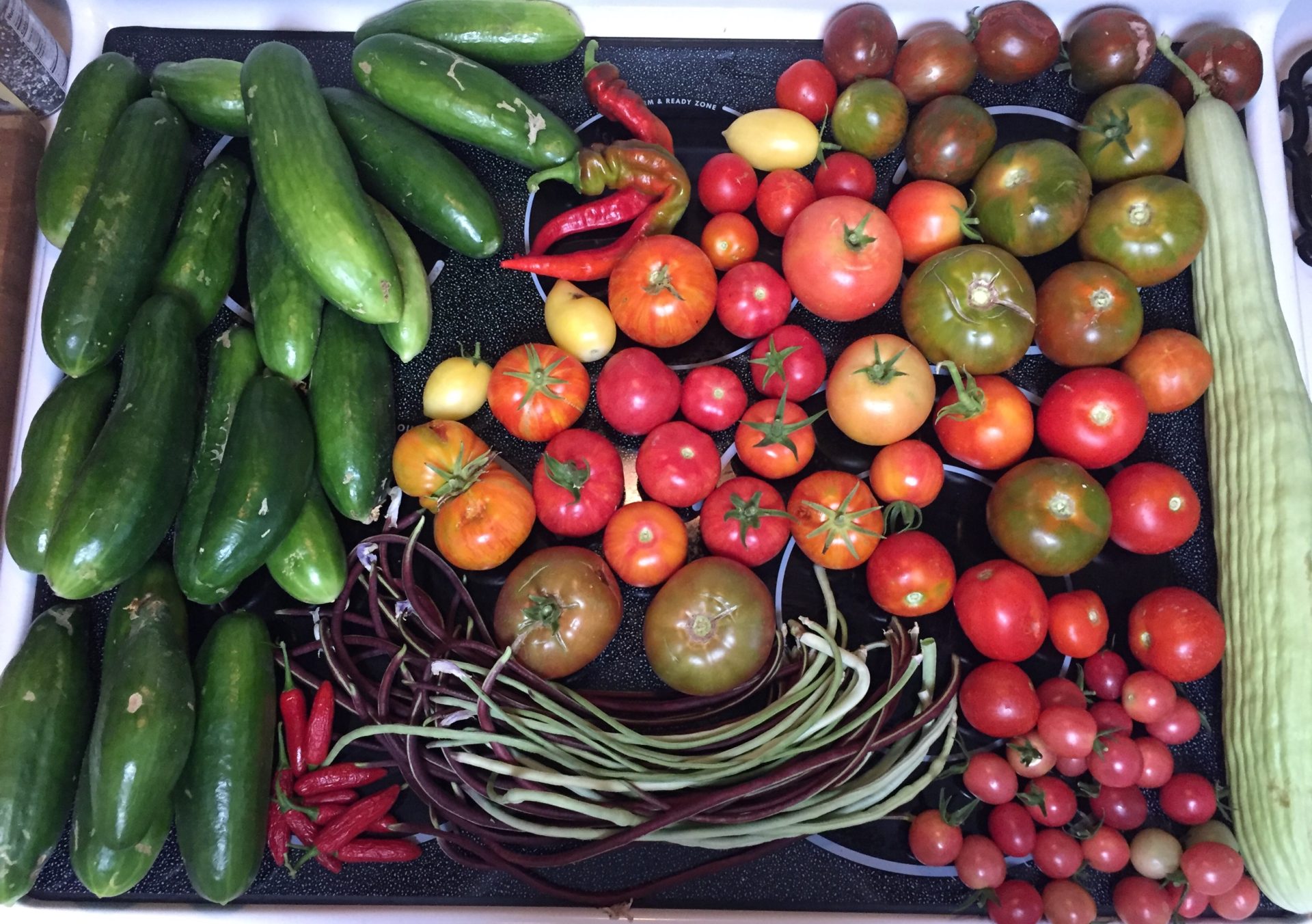Planting edibles in the front yard is challenging for many of us because of overbearing HOA rules and regulations. However, there is a way to grow food in your front yard without attracting unnecessary attention. Whether you have rock or grass, chances are you have a little border or space to grow food. There is a vast array of edible and medicinal flowers that you could easily grow without any questions being raised. If you have the space for small shrubs and bushes, we’ve also provided some attractive, inconspicuous options.
Flowers
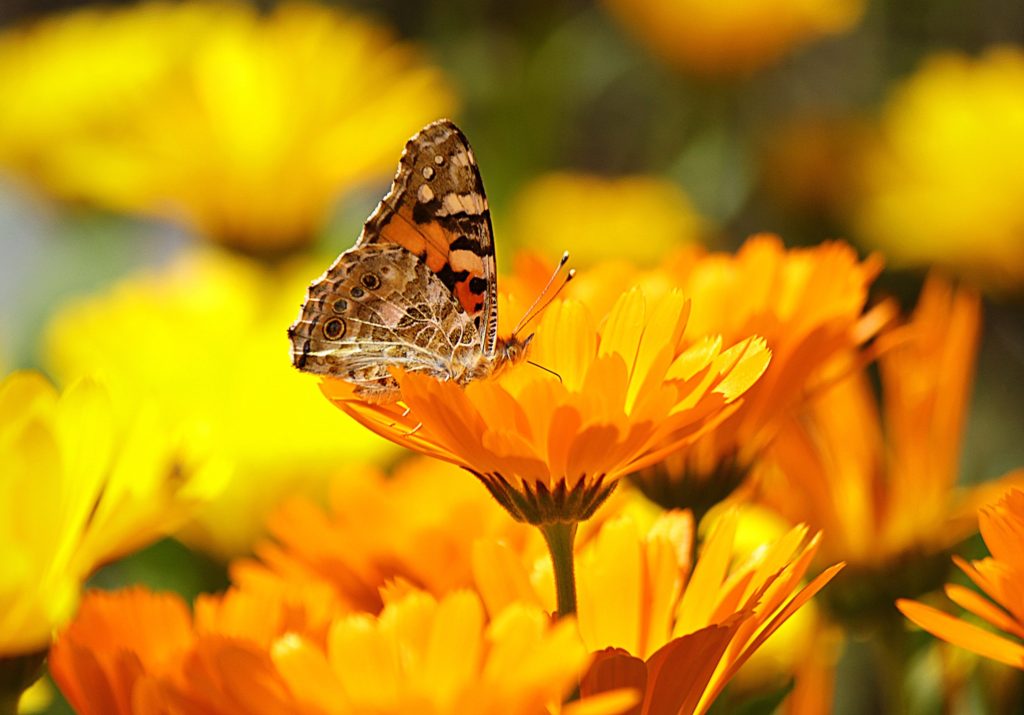
Calendula
Top of my list is calendula. There are so many uses for this cheery little flower, from teas, to oils, sprinkling the petals on eggs, or salads.
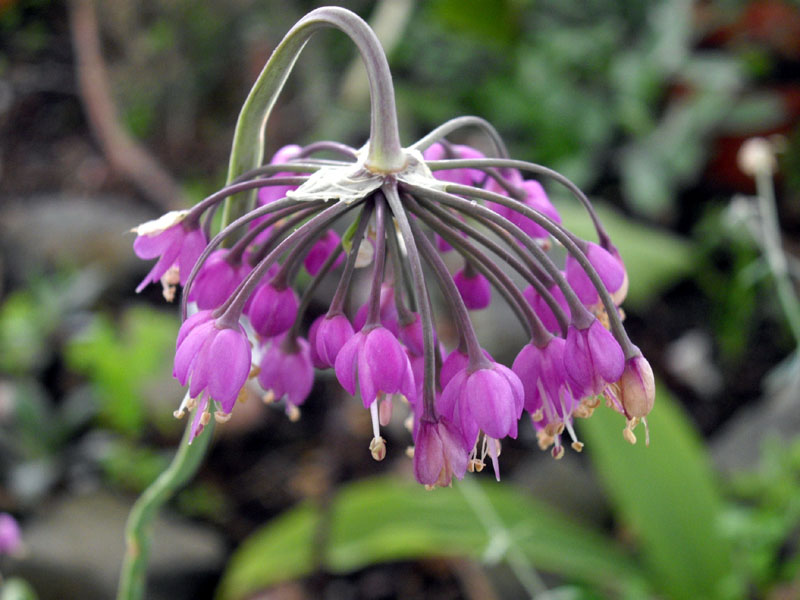
Nodding Onion
I would probably interspace calendula with nodding onion, an unusual and really pretty onion that is great for green onions and forms gorgeous purple flowers on droopy heads. The orange and purple combination is wonderful.
Image credit: ghislain118 [CC BY-SA 3.0]
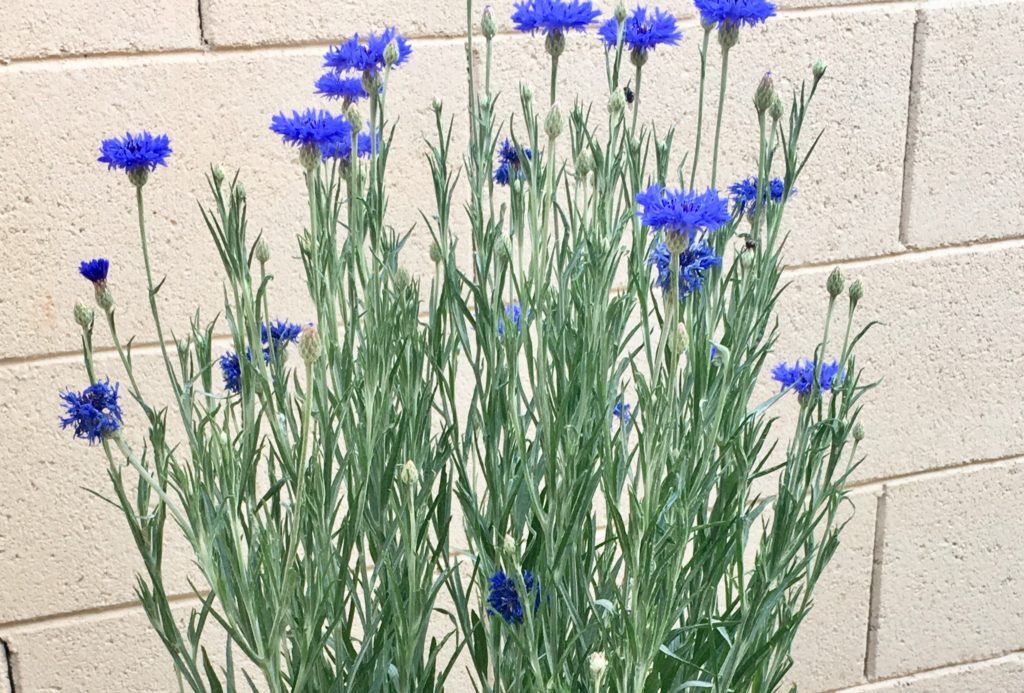
Bachelor Buttons
Calendula and nodding onion are also very striking with blue bachelor buttons, another edible flower. These are good to plant early fall and should give some color through winter and into spring, but will die off when the hot summer temperatures arrive.
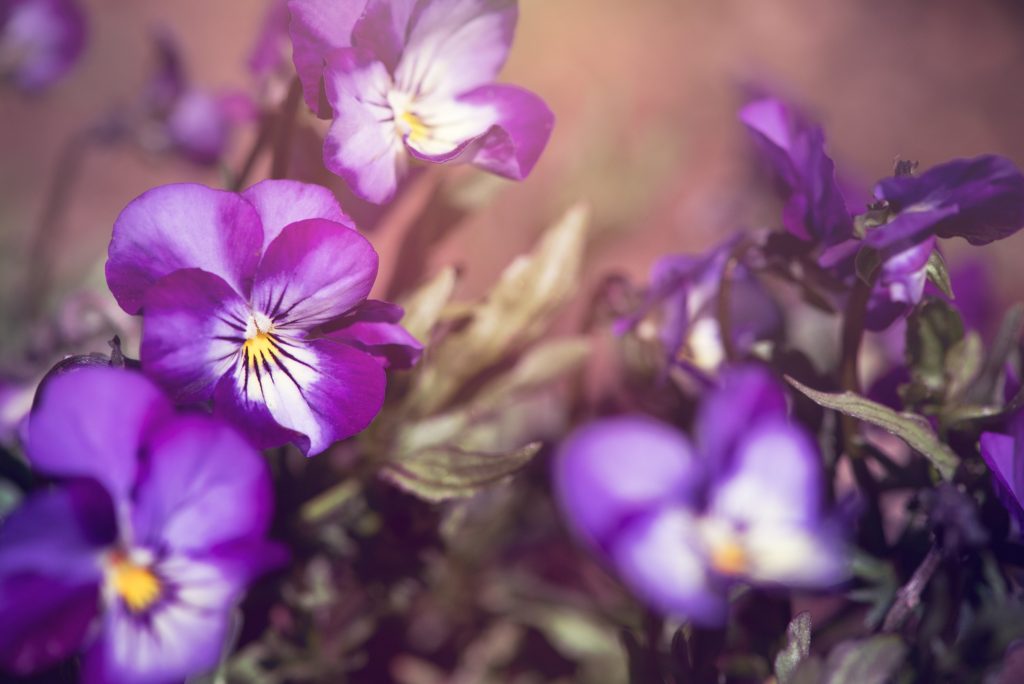
Violets
The violet family is another fantastic option, Violets, Johnny jump-ups, pansies are all edible flowers and their leaves can also be added to salads and sandwiches or sugared and used to decorate baked goods.
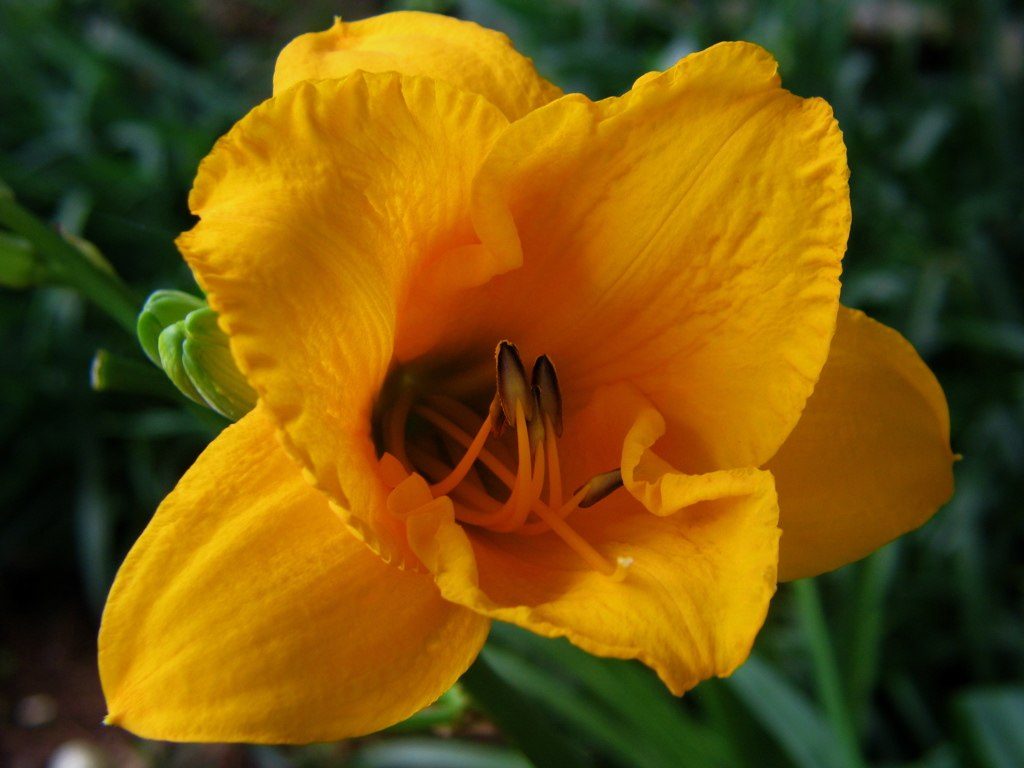
Day Lillies
Day-lilies bloom around April. They are edible flowers, delicious battered and fried.
Photo credit: Audrey [CC BY 2.0]
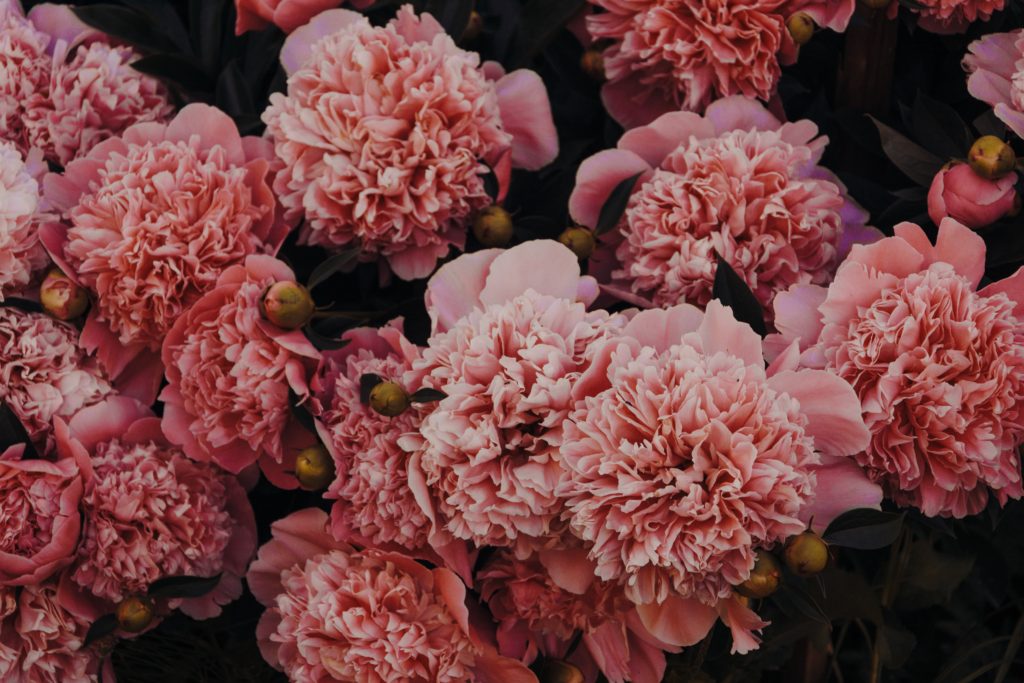
Carnations
Carnations or the dianthus family is one of my favorites to grow. I love the heady smell of heirloom varieties and they add interest sprinkled on salads.
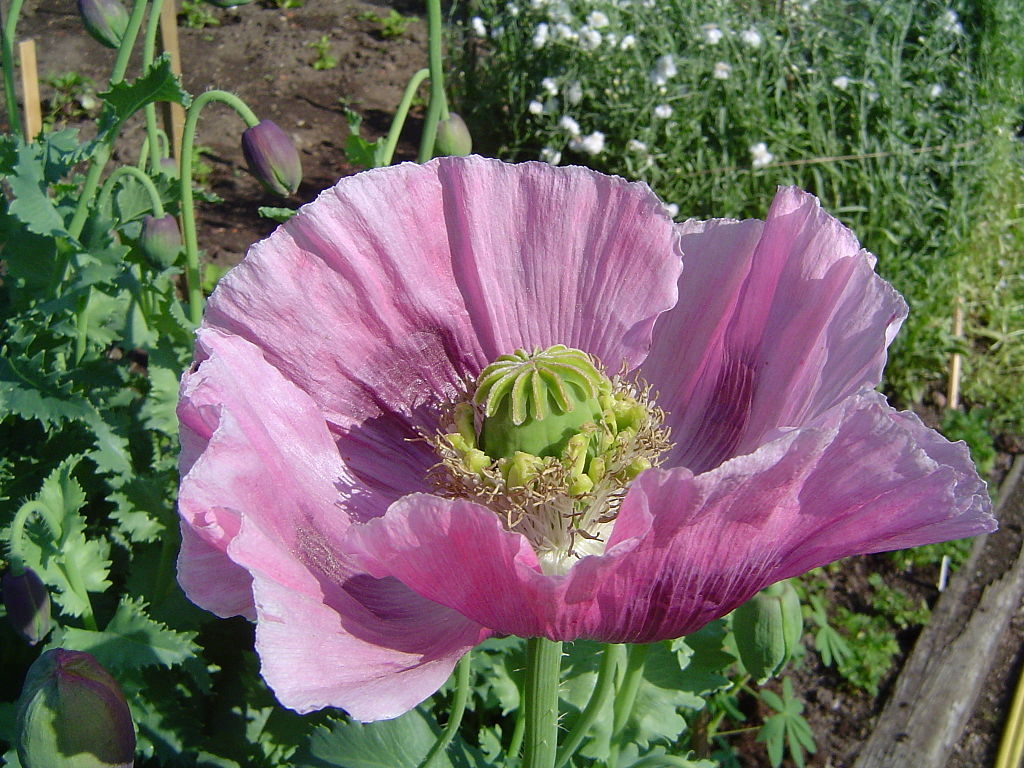
Bread Seed Poppies
Bread seed poppies sown in the fall will bring a gorgeous display in the spring and the ornament seeds head can be collected in summer. The seeds can be used in breads and other baked goods.
Image credit: Louise Joly, one half of AtelierJoly [CC BY-SA 1.0]
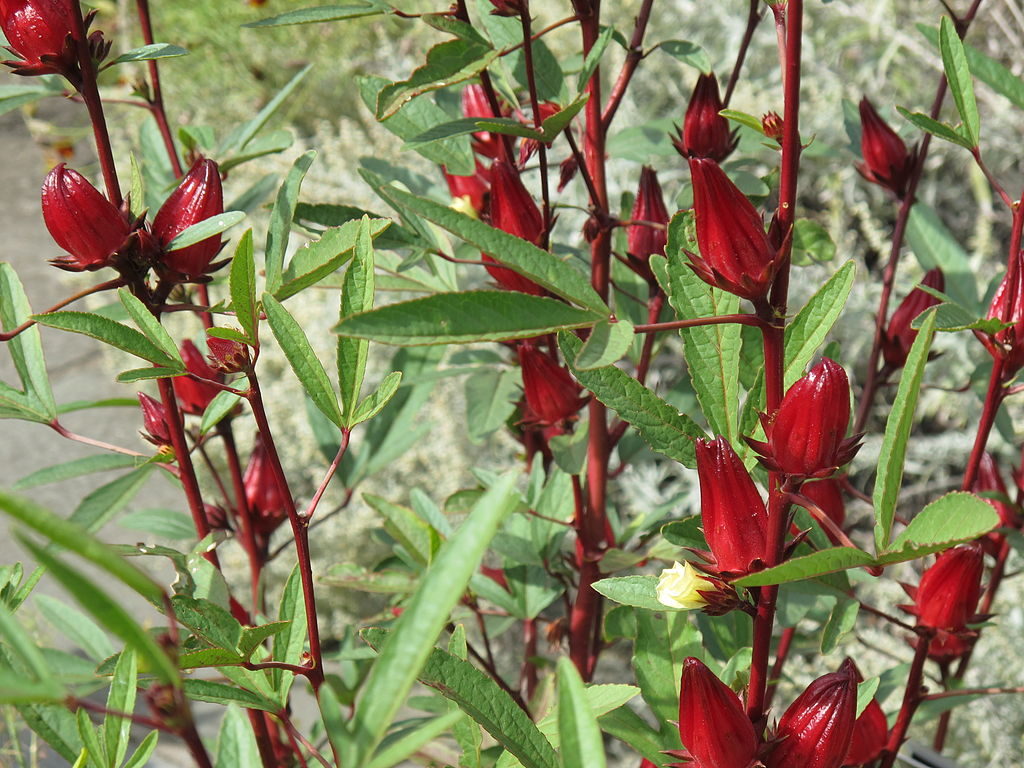
Roselle
In the hibiscus family there is lovely roselle. Roselle is very high in Vitamin C and can be used in teas or other beverages. Roselle jam is an absolute delight.
Image credit: Invertzoo [CC BY-SA 4.0]
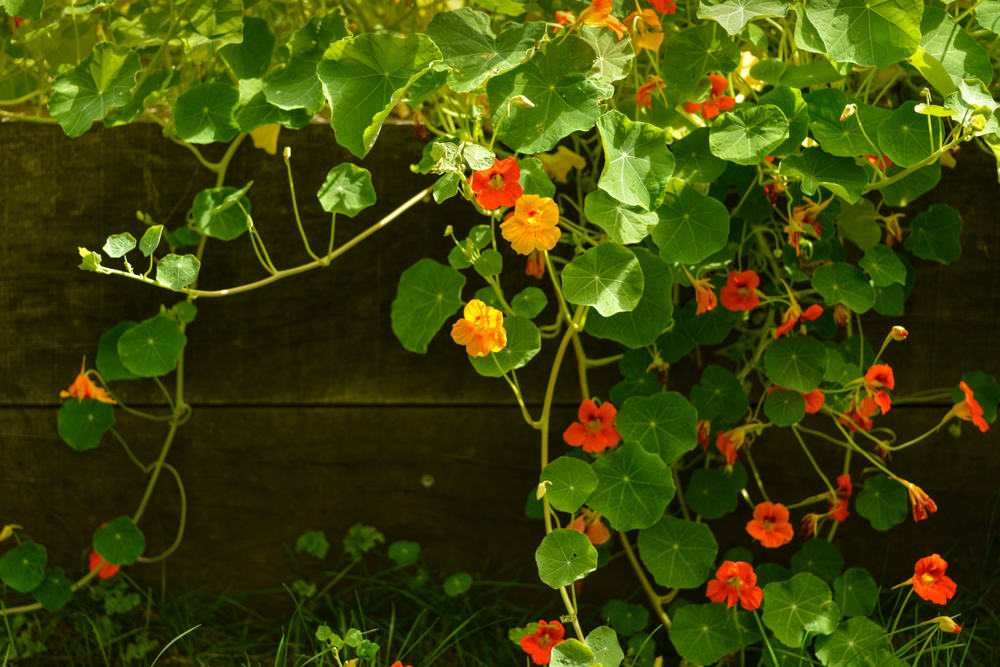
Nasturtiums
We would be remiss not to mention nasturtiums, which offer tons of showy flowers. Leaves, flowers, and berries on this one are all edible.
Herbs
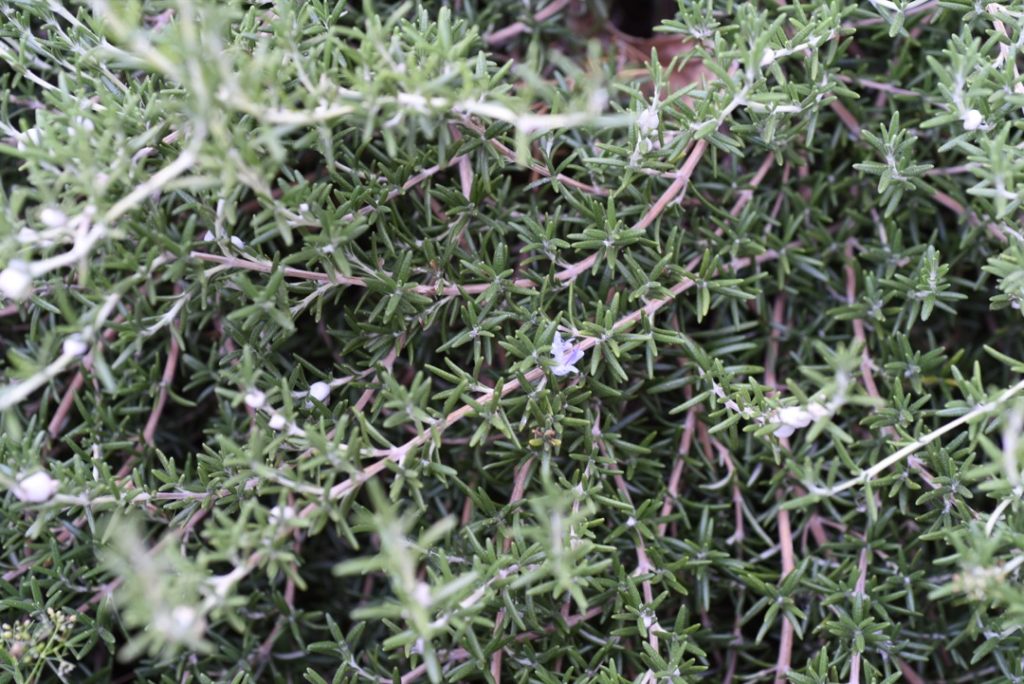
Rosemary
One prominent herb in desert front yards is rosemary. Rosemary varieties do taste different, so plant a variety of rosemary you will enjoy added to your foods.
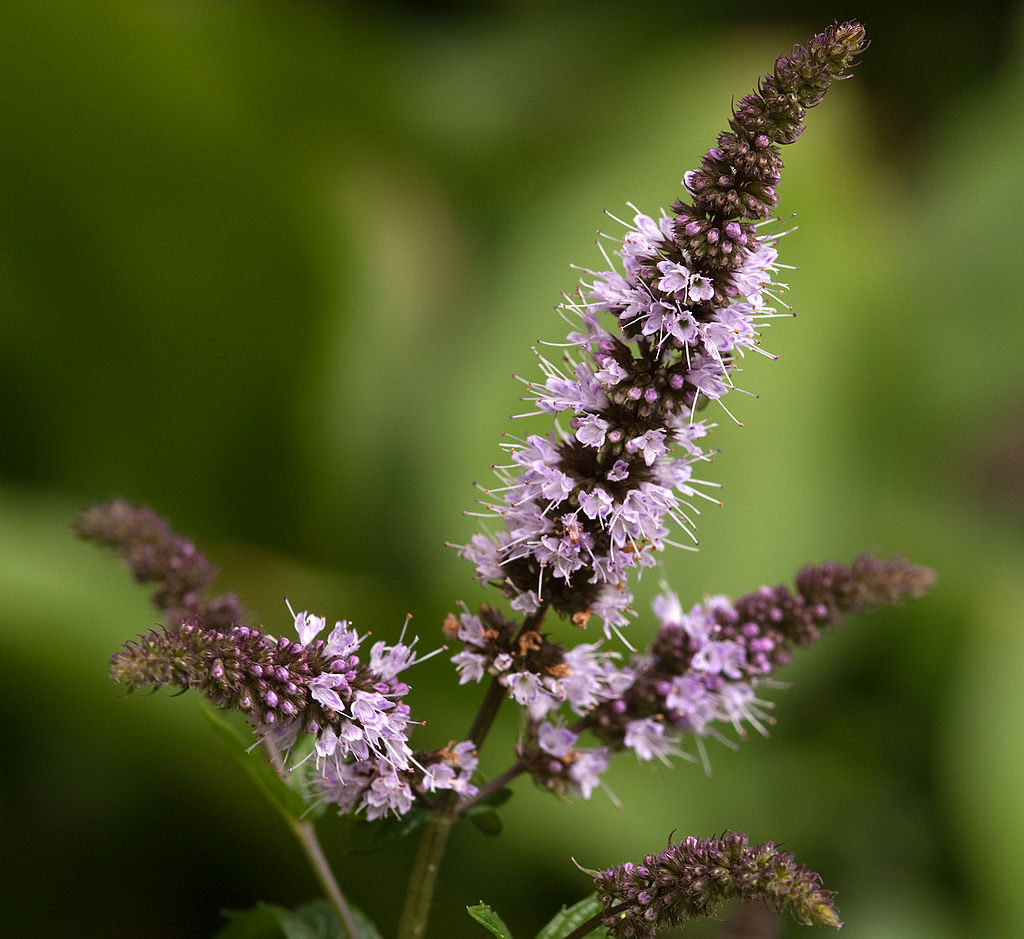
Peppermint
A small peppermint bush is a great addition, with lots of flowers and lovely for a cup of peppermint tea.
Photo credit: Dinnye [CC BY-SA 3.0]
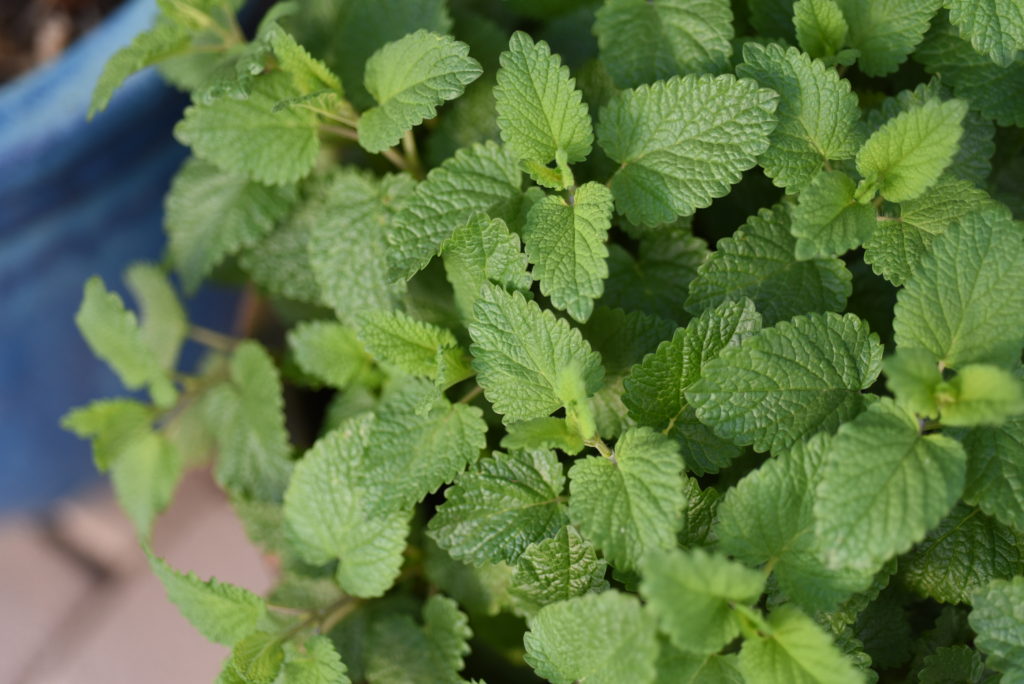
Lemon Balm
Lemon balm is one of my favorite herbs and this will also not be easily detected by your HOA. This herb has many medicinal uses from soothing anxiety to digestive upset and is easy to brew in a tea.

Borage
Borage in early spring, with its large leaves and brilliant blue star shaped flowers, adds color and a refreshing cucumber flavor to Springtime lemonades and teas.
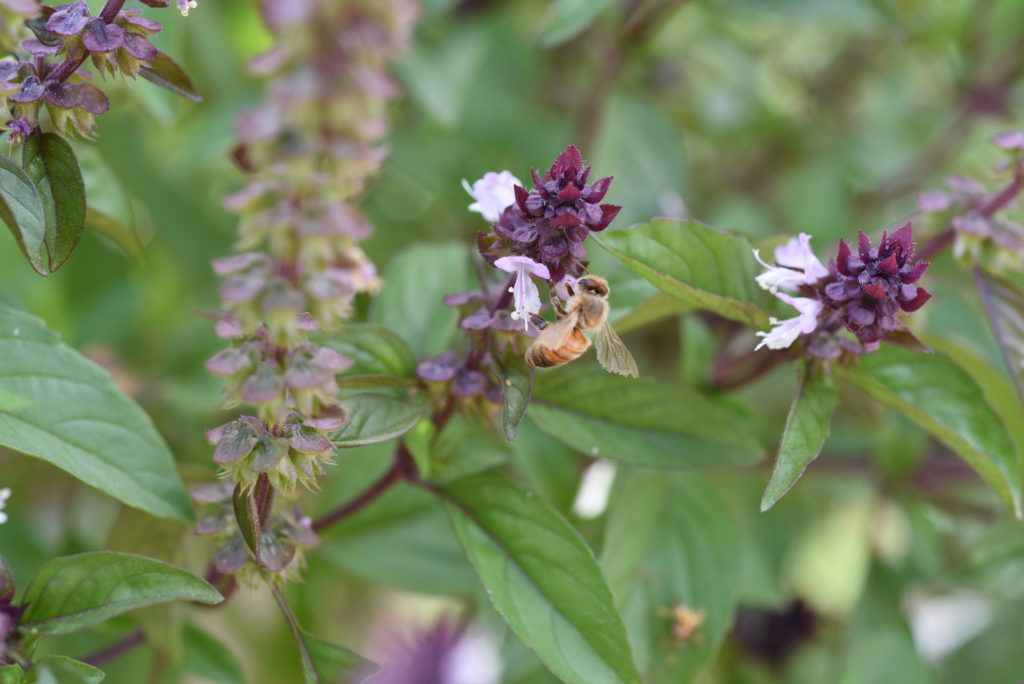
Basil
Lesser known basils such as Thai or holy basil attract pollinators and offer benefits in teas or infused waters.
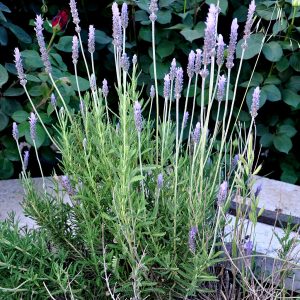
Lavender
No one questions lavender or the salvia varieties, both loved by pollinators and hummingbirds alike.
Photo credit: Lazaregagnidze [CC BY-SA 4.0]
Shrubs and Bushes
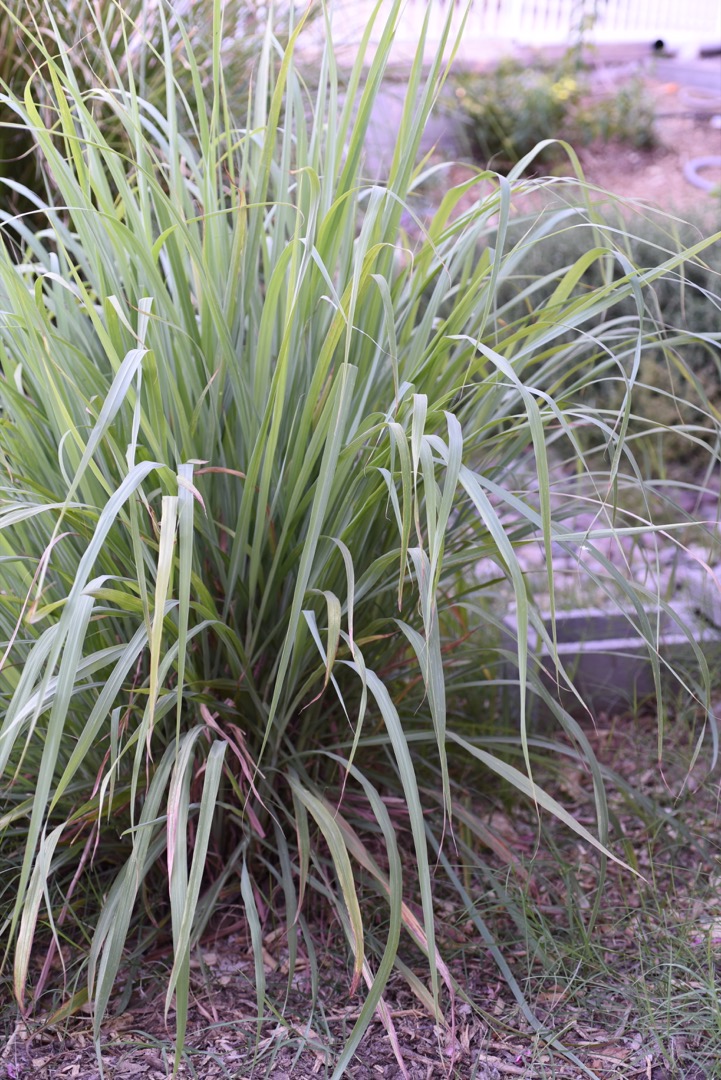
Lemongrass
If you are able to add shrubs to your landscape, consider Lemongrass. Lemongrass is a zesty way to flavor a variety of marinades and Asian dishes and a wonderful tea component. The long, flowing leaves are beautiful.
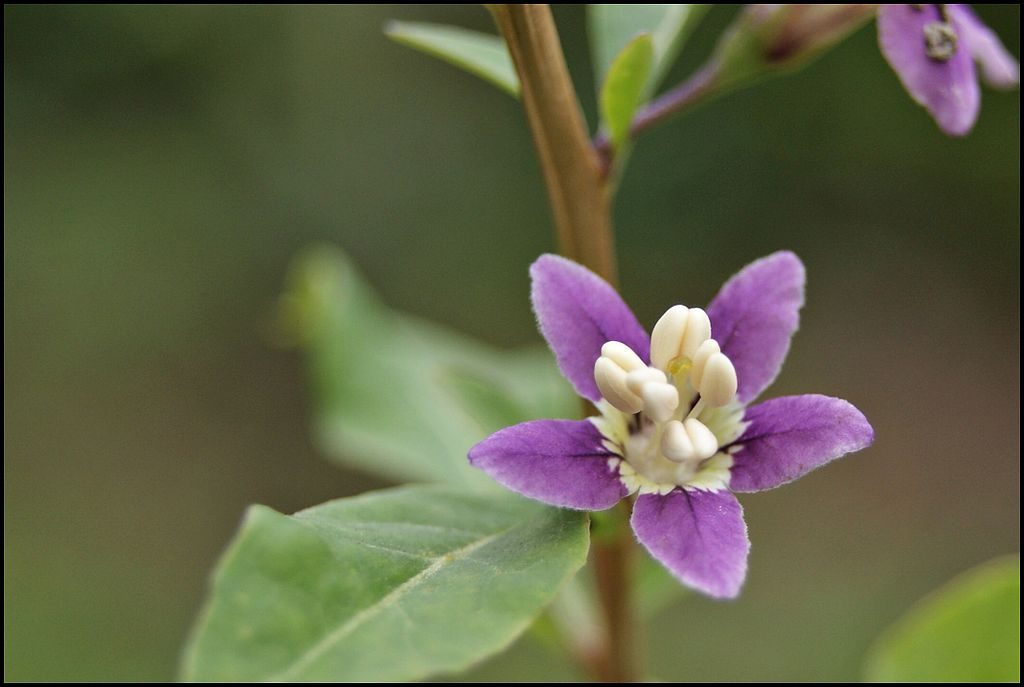
Wolfberry
The native wolfberry is a member of the goji berry family. It is extremely drought tolerant and produces edible berries that are very high in antioxidants. Goji berries are not the best tasting for fresh eating but are a really healthy addition to smoothies and breakfast cereals.
Photo credit: Danny S. [CC BY-SA 3.0]
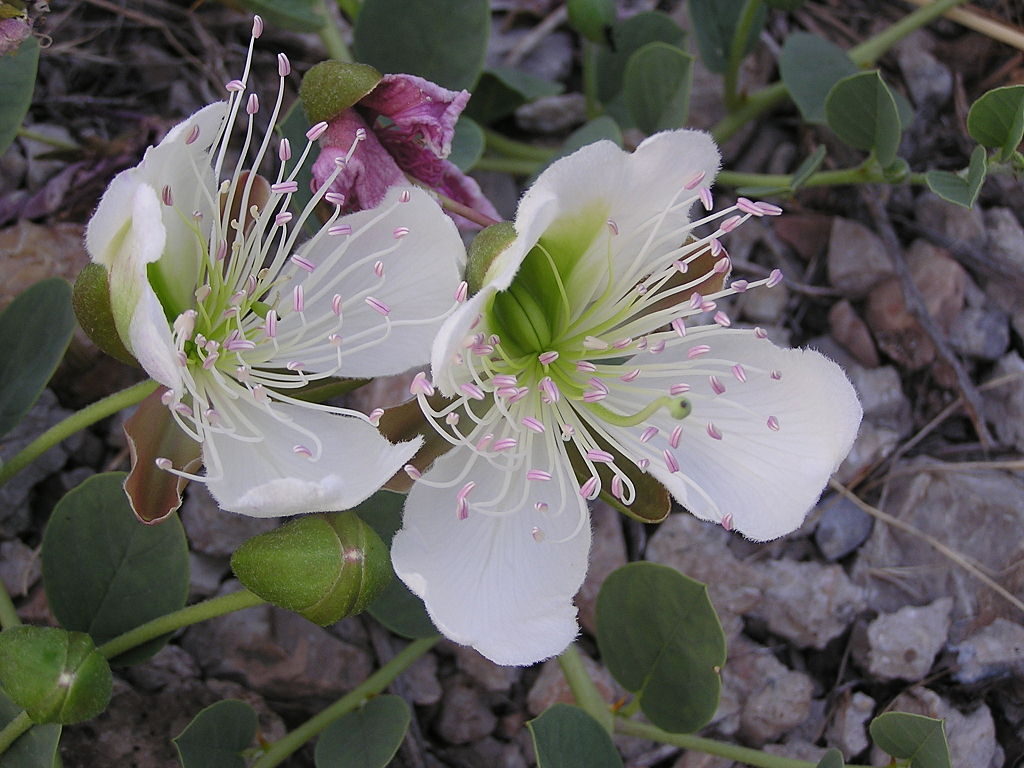
Caper Berries
The caper bush is an unusual plant to try and newer to Arizona. Caper bush loves the heat, is drought tolerant, and looks very much like a boxwood variety shrub. It produces gorgeous showy flowers, which, if not picked will become giant caper berries. Both the buds and the berries can be pickled.
Photo credit: Andrew Butko [CC BY-SA 3.0]
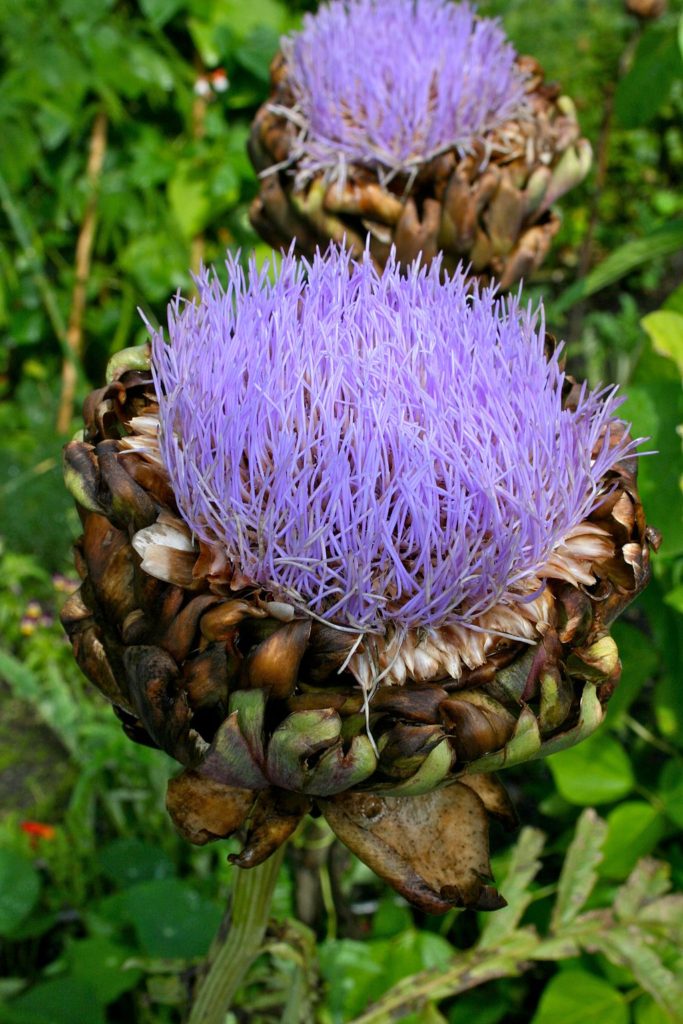
Artichokes
What about considering adding artichokes? They are extremely ornamental looking and add contrasting texture and color to any landscape design. If you allow them to flower the gorgeous purple blooms are a sure showstopper in the garden.
Photo credit: Photograph by Mike Peel [CC BY-SA 4.0]
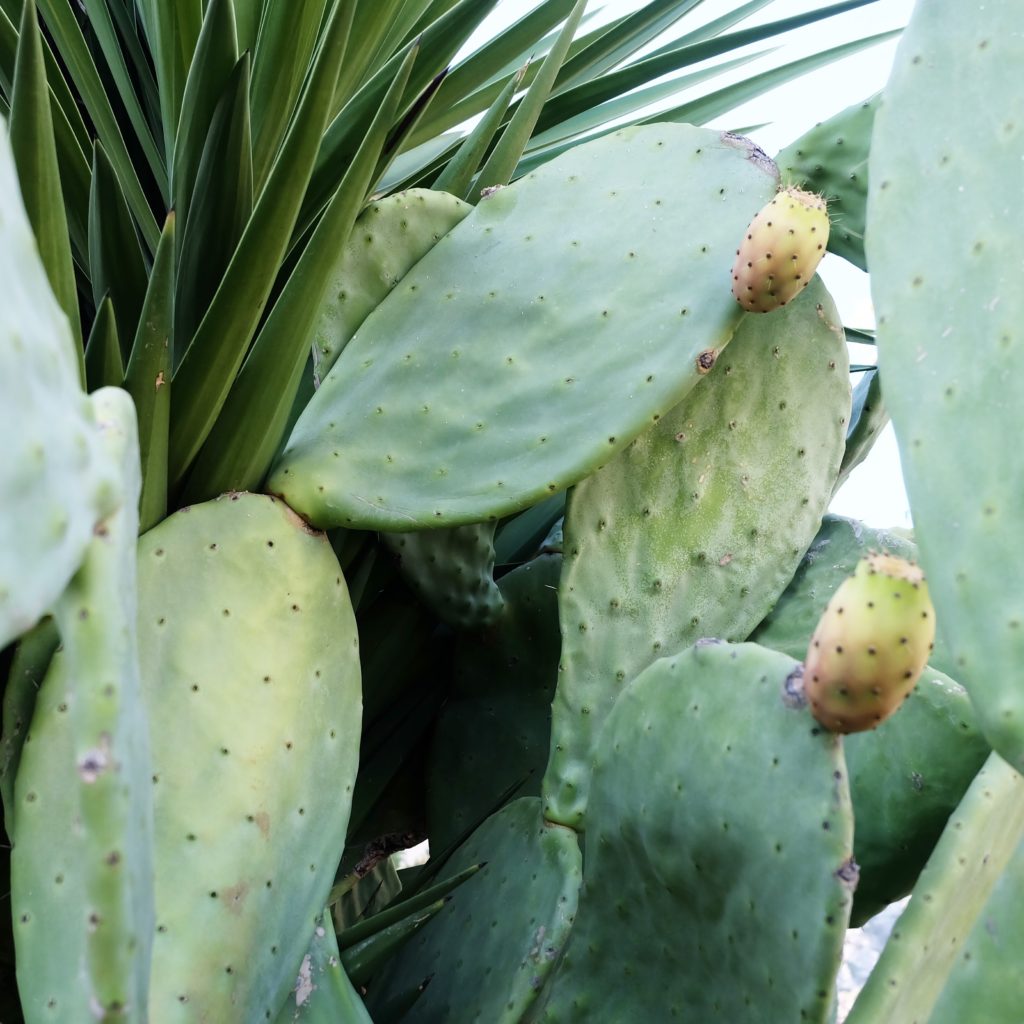
Prickly Pear
Don’t forget the cactus family. Prickly pears are highly nutritious.The paddles(nopales), are popular in South Western cuisine and also used to treat the nastiest of insect bites, stings, and even snake bites.
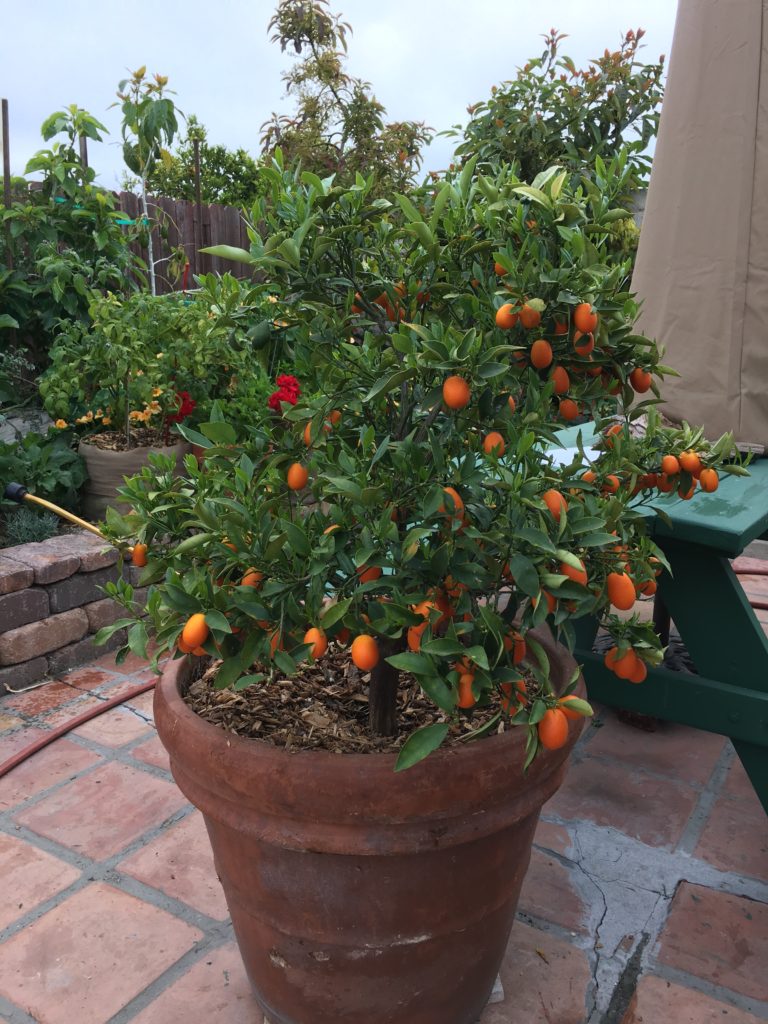
Dwarf Kumquat
A dwarf kumquat is another excellent addition for the front yard. Since they stay small, they won’t stick out and the fruit is ornamental and beautiful. If you are explicitly allowed to plant citrus in the front, the sky is the limit here in Phoenix.
Bedding Plants
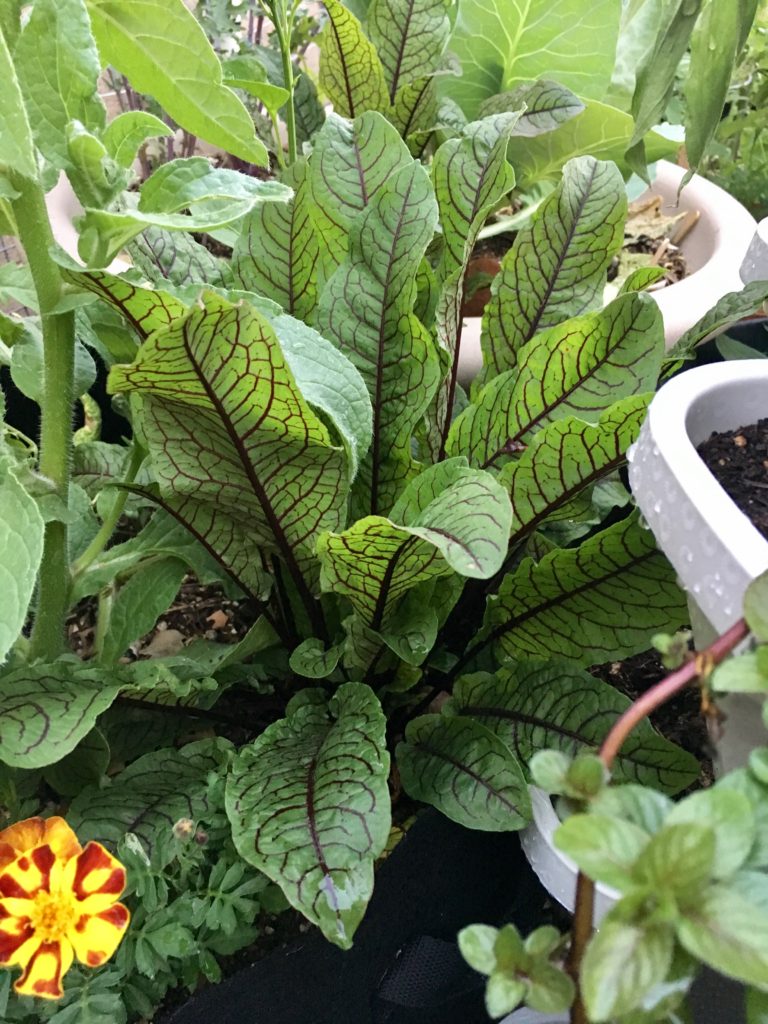
Red (bloody) Dock
In fall, red dock or bloody dock is a very attractive leafy green that can be used in salads, soups and sautés.
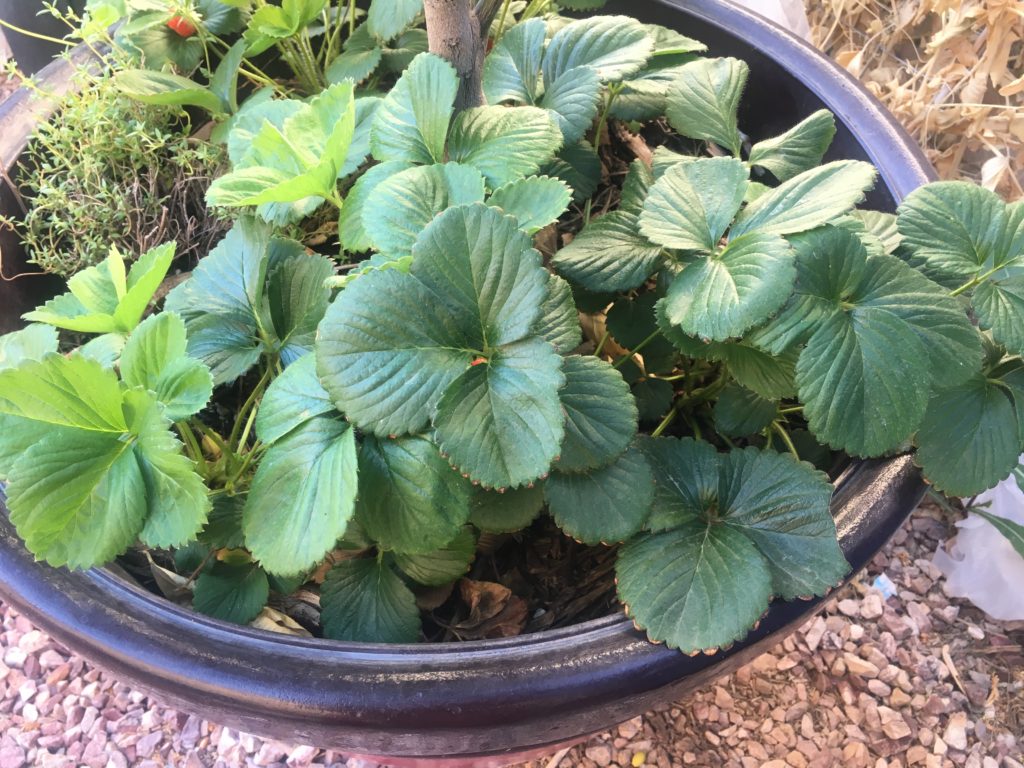
Strawberry
Tuck a few strawberry plants in with your bloody dock and add a few clumps of chives for an attractive display that is completely edible.
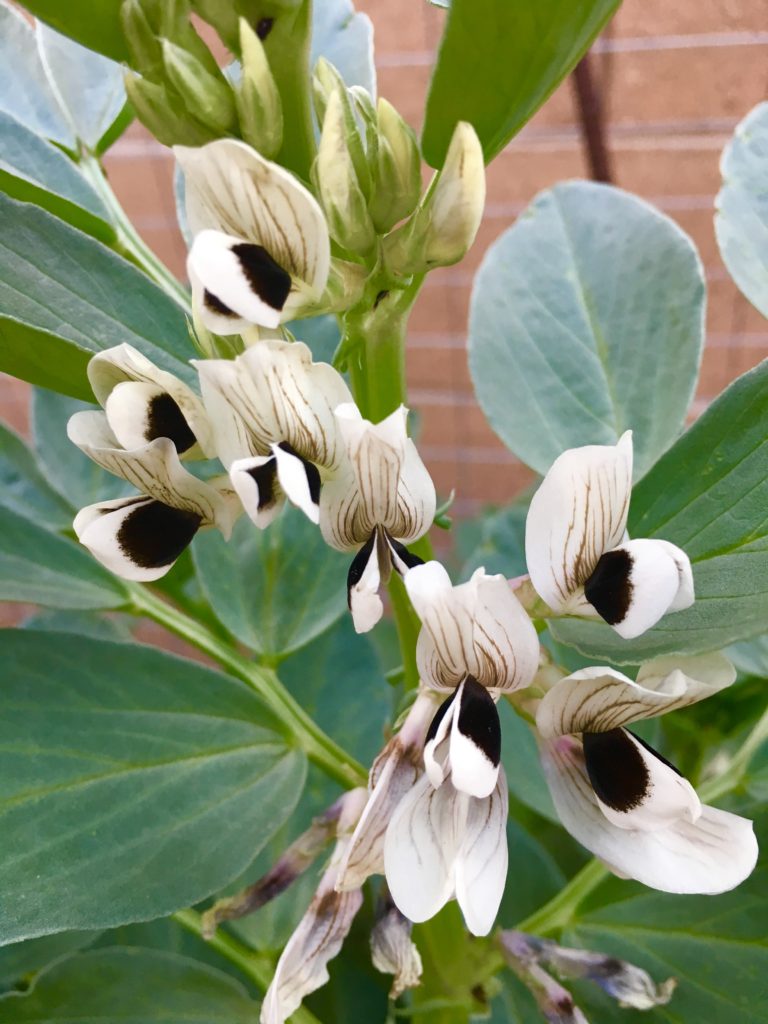
Fava beans
I would also consider planting fava beans. They have stunning flowers, which are typically white. However, the crimson variety sends up a gorgeous display of pink to crimson flowers. Fava beans do not grow taller than 4 feet and are very attractive in the fall-winter garden and into early spring. Fava beans may require a border support to keep them neat and tidy and prevent questioning eyes from your HOA.
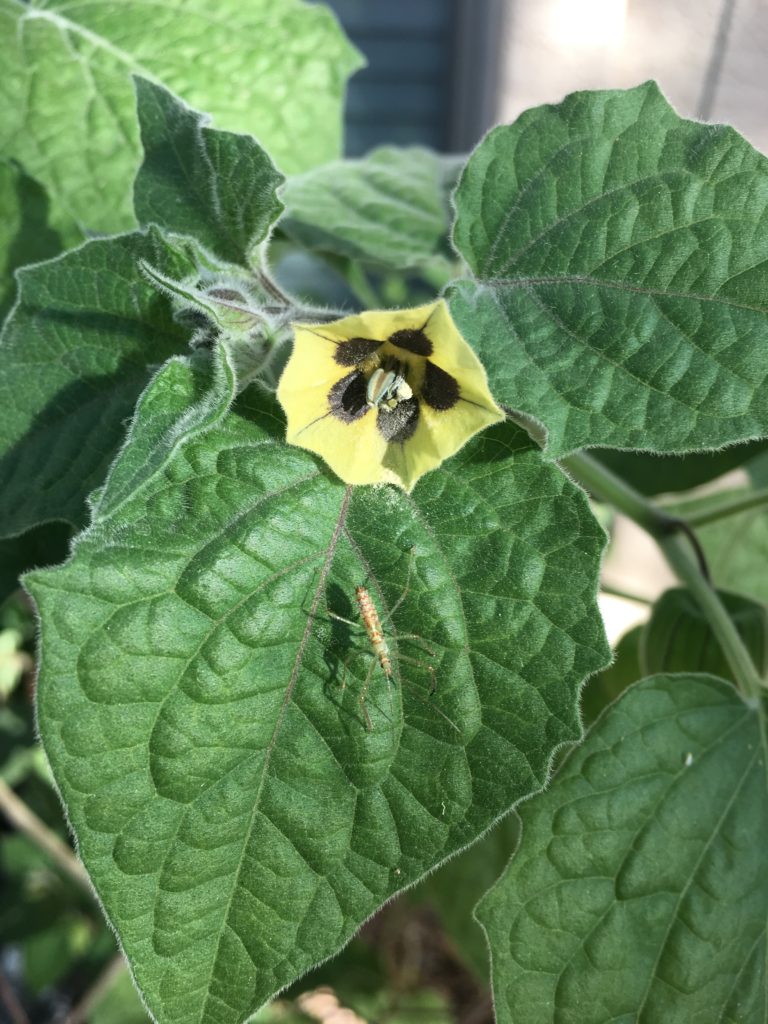
Cape Gooseberry
The Cape gooseberry would be another addition to tuck in somewhere, The paper covered fruits, look rather novel and would not easily be recognized.
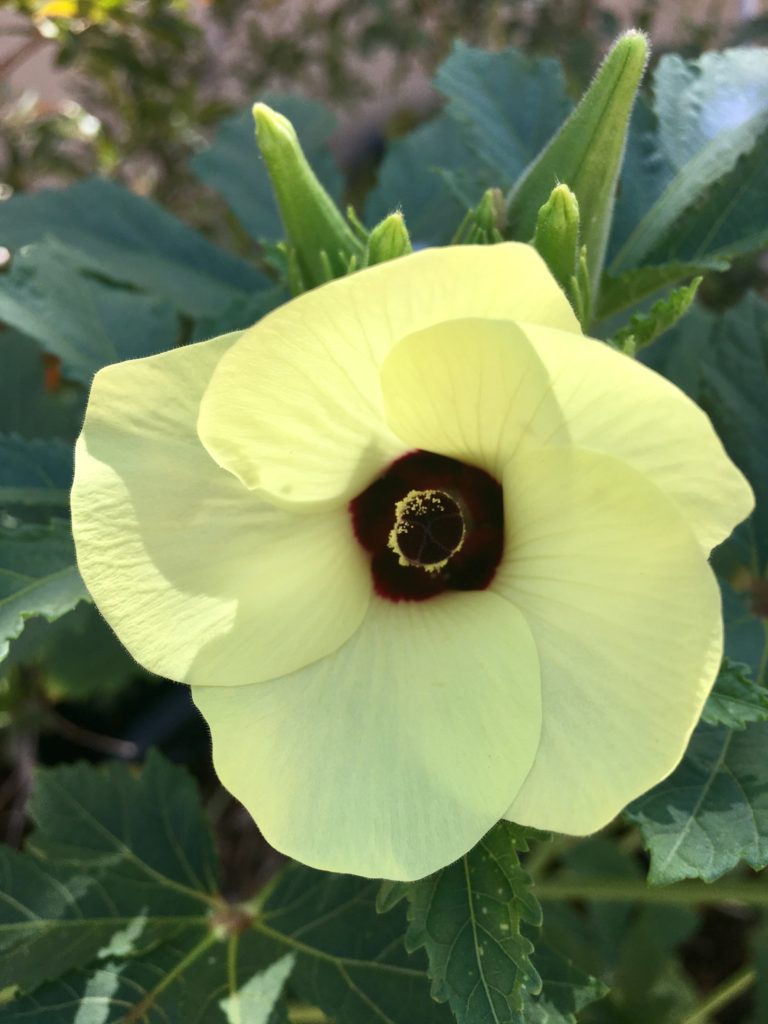
Okra
For the summer garden, try a couple of okra plants in a really showy variety. Okra blossoms are one of the most attractive flowers in the garden. Varieties like burgundy and bowling red okra add some lovely, unexpected color.
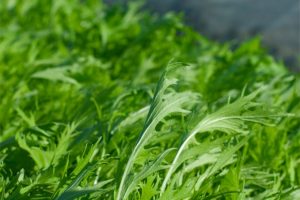
Mizuna Mustard
Mizuna Mustard purple and lime streaks are really striking and ornamental looking as well as orach, all of which are nutrient dense additions to your diet and great fall, winter and early spring options.
Photo credit: Flickr user Masahiko Satoh [CC BY 2.0]
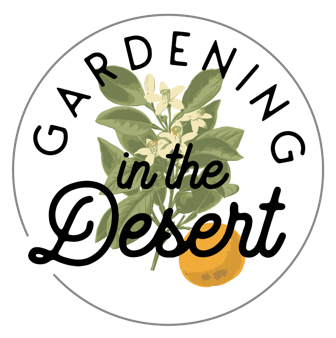
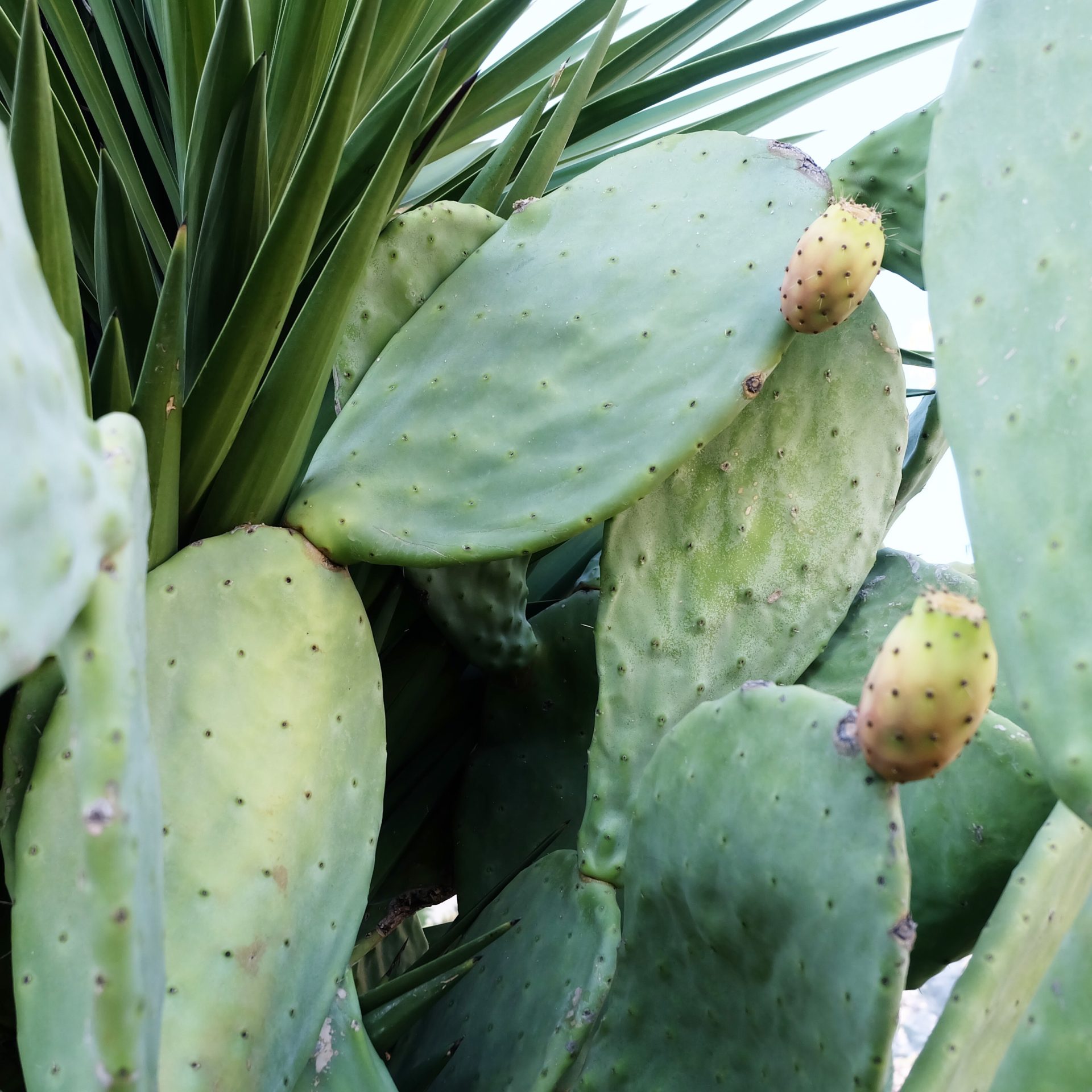
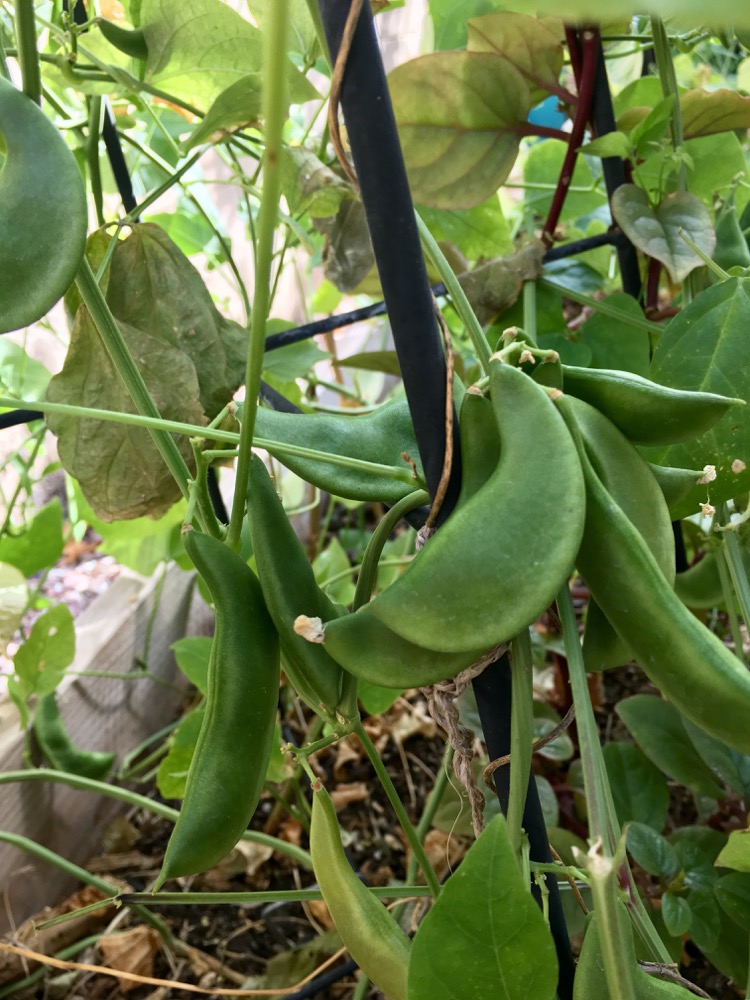
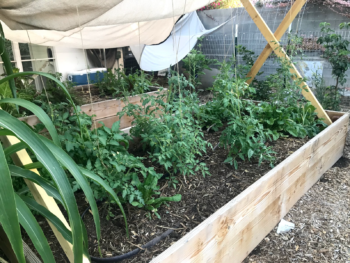
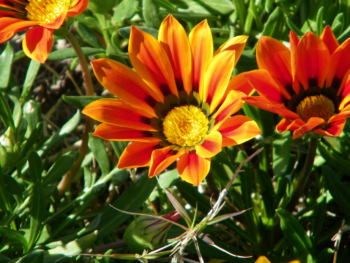
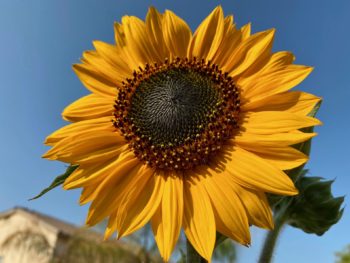
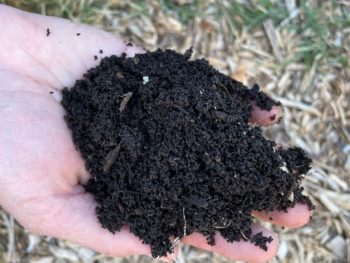
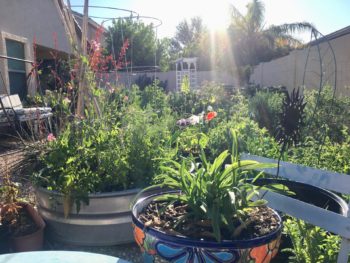
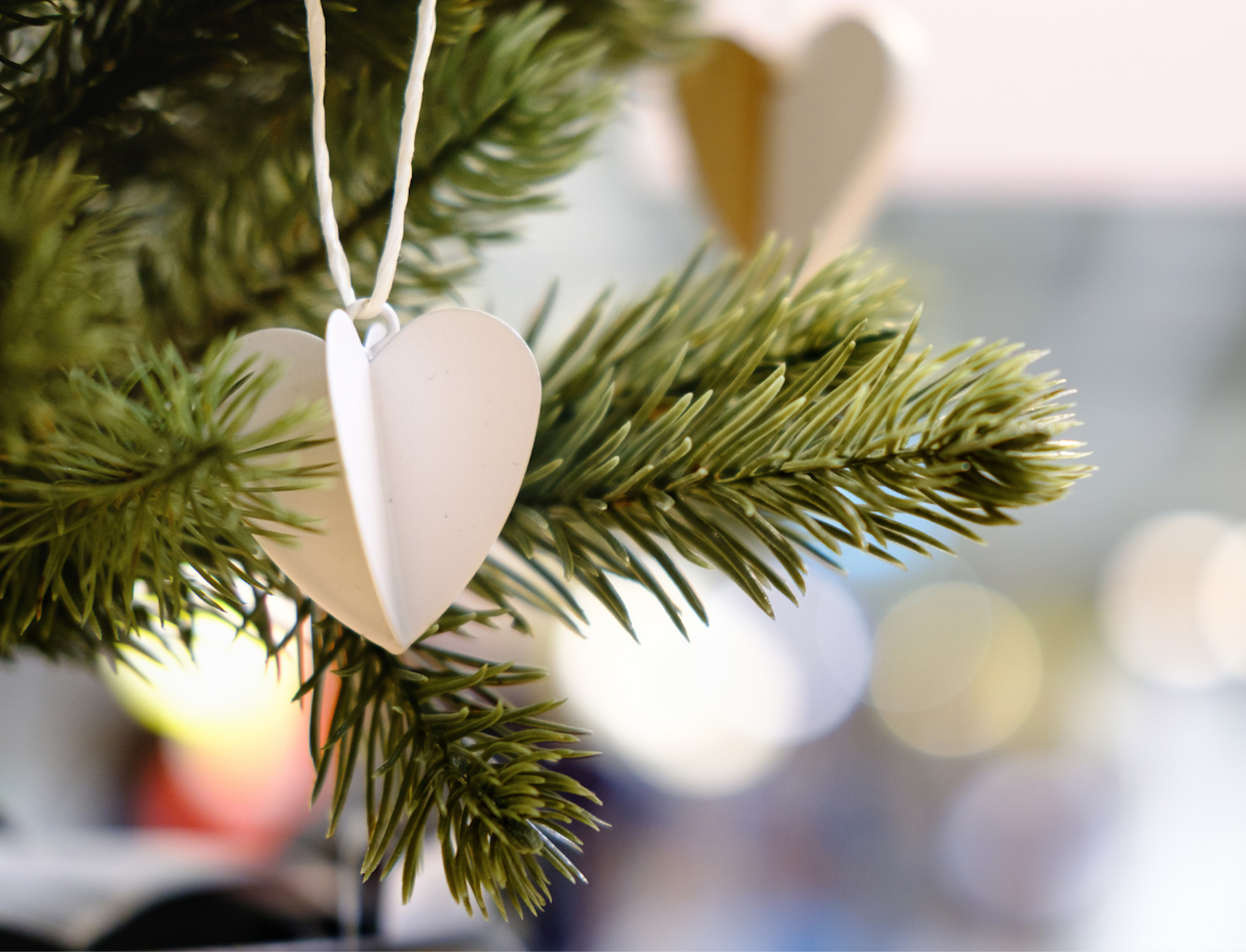
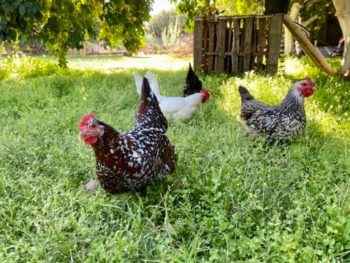
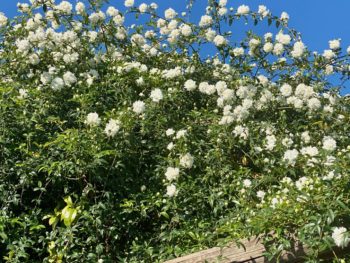
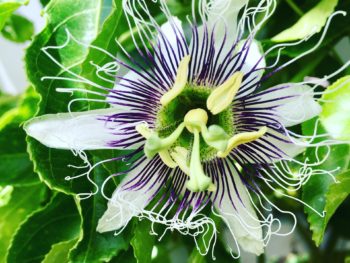
 Epic Guide: The Right Way to Plant a Fruit Tree in the Desert
Epic Guide: The Right Way to Plant a Fruit Tree in the Desert